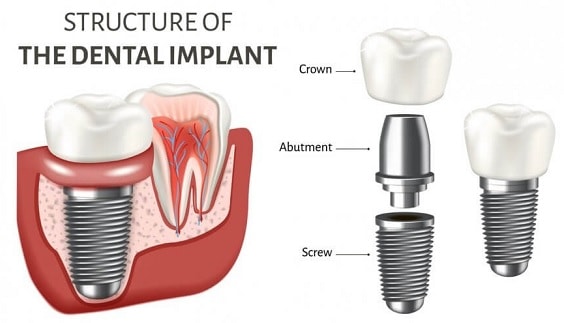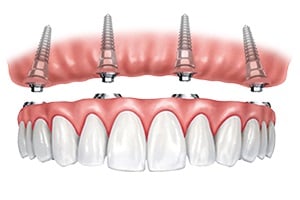Dental Implants in Houston, TX
There are various reasons why dental implants are needed, such as aging, a specific oral disease or an accident. Your teeth can become compromised at any stage of life or lost entirely.
From natural aging processes to injury or disease, there are innumerable circumstances that may leave your smile only half full. These missing teeth can affect your speech and eating abilities, impact your self-confidence, and often interfere with personal and professional relationships and goals.
It’s a plight you don’t have to spend the rest of your life fighting and hiding from, though. At Pure Prosthodontics, our customized dental implant options can restore your full smile so that you can live your life to the fullest.



